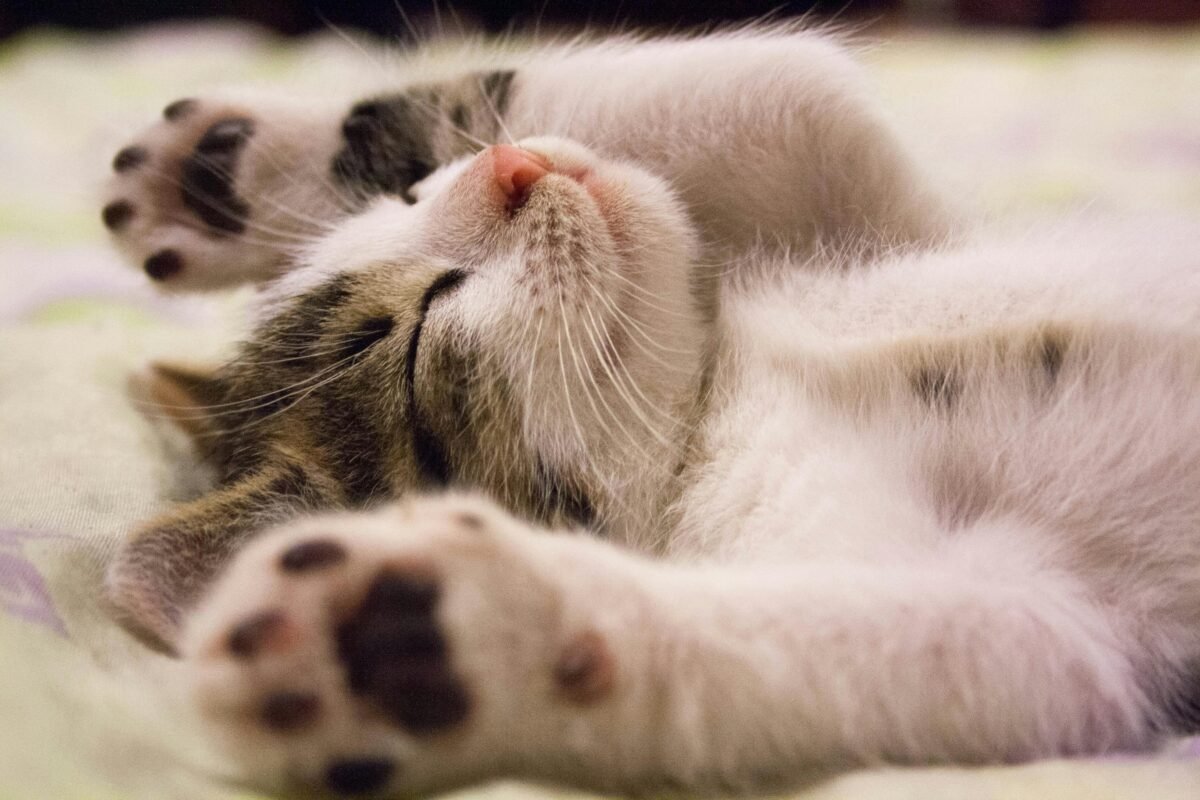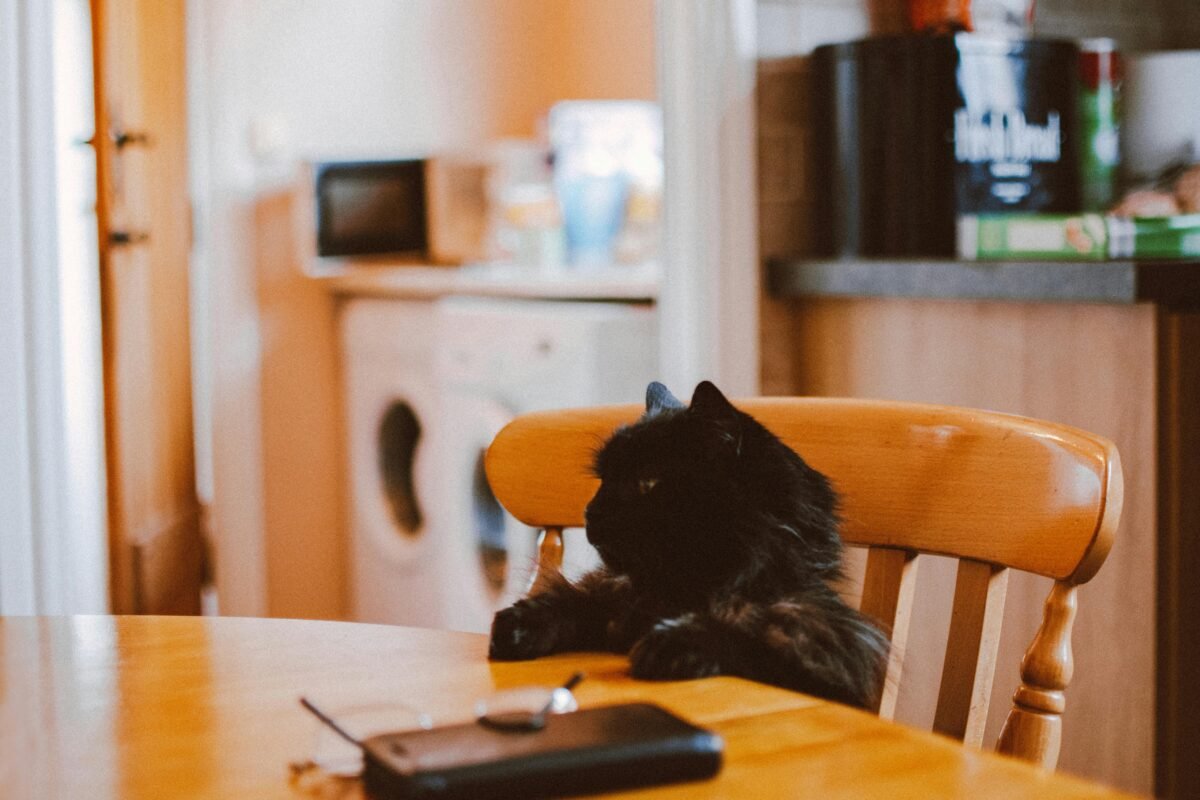Blog
Why Your Cat Might Be a Picky Eater

If you’ve ever served your cat a gourmet meal, only to watch them sniff it once and walk away in dramatic silence—you’re not alone. Cats are famous for being finicky food critics. But before you start doubting your pet parenting skills, let’s dive into a few reasons why your cat might be turning up their adorable nose at dinnertime.
Spoiler alert: It’s not because they hate you.
It’s All About Texture and Temperature
Cats are surprisingly picky about texture. Some prefer a soft pâté while others want chunky bites or gravy-loaded morsels. It’s not just about flavor—it’s how the food feels in their mouths. Imagine being forced to eat oatmeal every day when you really want crunchy cereal. Yeah, not very exciting.
If your cat suddenly stops eating a food they once loved, the texture could be the issue. Try switching between wet and dry foods or even mixing the two. Some cats go wild for a bit of warm food, so try microwaving it for just a few seconds (not too hot!) to bring out the aroma. Warm food often smells stronger, which can make it more appealing to your cat’s ultra-sensitive nose.
Health Issues Could Be Behind the Snub
Sometimes, a picky eater is actually an unwell eater. Dental problems, upset stomachs, or even minor illnesses can make food unappealing. If your cat usually eats well but suddenly refuses everything—even their favorite treats—it’s a good idea to call the vet. Cats are masters of hiding discomfort, so appetite changes are often one of the first signs something’s up.
Older cats might avoid crunchy foods because of sore teeth or weakened gums. Others may have developed food sensitivities or allergies. The good news? With a little detective work (and your vet’s help), you can usually find the issue and get your cat happily eating again.
Stress, Boredom, or Just Being a Cat

Believe it or not, cats can be emotional eaters… or anti-eaters. Changes in the household—like a new pet, new baby, or even a moved food bowl—can stress them out. A stressed cat might hide, become moody, or decide to boycott dinner altogether.
Even boredom can play a role. Eating the same food every single day might feel safe, but it can also get dull. Rotating different flavors or adding food toppers might reignite your cat’s interest in mealtime. Just introduce new foods slowly so you don’t upset their tummy. You don’t want to go from picky to pukey.
Oh, and let’s be honest—some cats are just naturally dramatic. They know that if they act uninterested, you’ll probably offer something tastier. Who’s training who here, really?
Is It You… or the Bowl?
Sometimes it’s not the food—it’s how you serve it. Cats have preferences about bowl shape, size, and even location. Some cats hate having their whiskers touch the sides of a deep bowl. Others don’t like eating near noisy areas or in spots where they feel cornered.
Try using a wide, shallow dish and placing it in a calm, quiet corner. Stainless steel or ceramic bowls are usually best, because plastic can absorb odors and cause irritation. Make sure bowls are clean—would you want to eat out of a dish that’s still sticky from yesterday?
You might be surprised how much changing the bowl or feeding spot can improve your cat’s appetite.
Final Thoughts: Be Patient and Trust the Process
If your cat is picky, it doesn’t mean you’ve failed as a pet parent. In fact, it probably just means you’re caring enough to notice. Pay attention to patterns, keep track of what your cat loves or avoids, and always consult your vet if the pickiness seems sudden or extreme.
Some trial and error is totally normal—after all, your cat isn’t just any animal, they’re a tiny furry food connoisseur. So next time they sniff, blink slowly, and walk away from dinner like a diva at a bad restaurant, just remember: they’re not mad, they’re just… discerning.
And hey, when you do finally discover that one magical food they’ll devour without complaint? That, my friend, is a victory worth celebrating.
